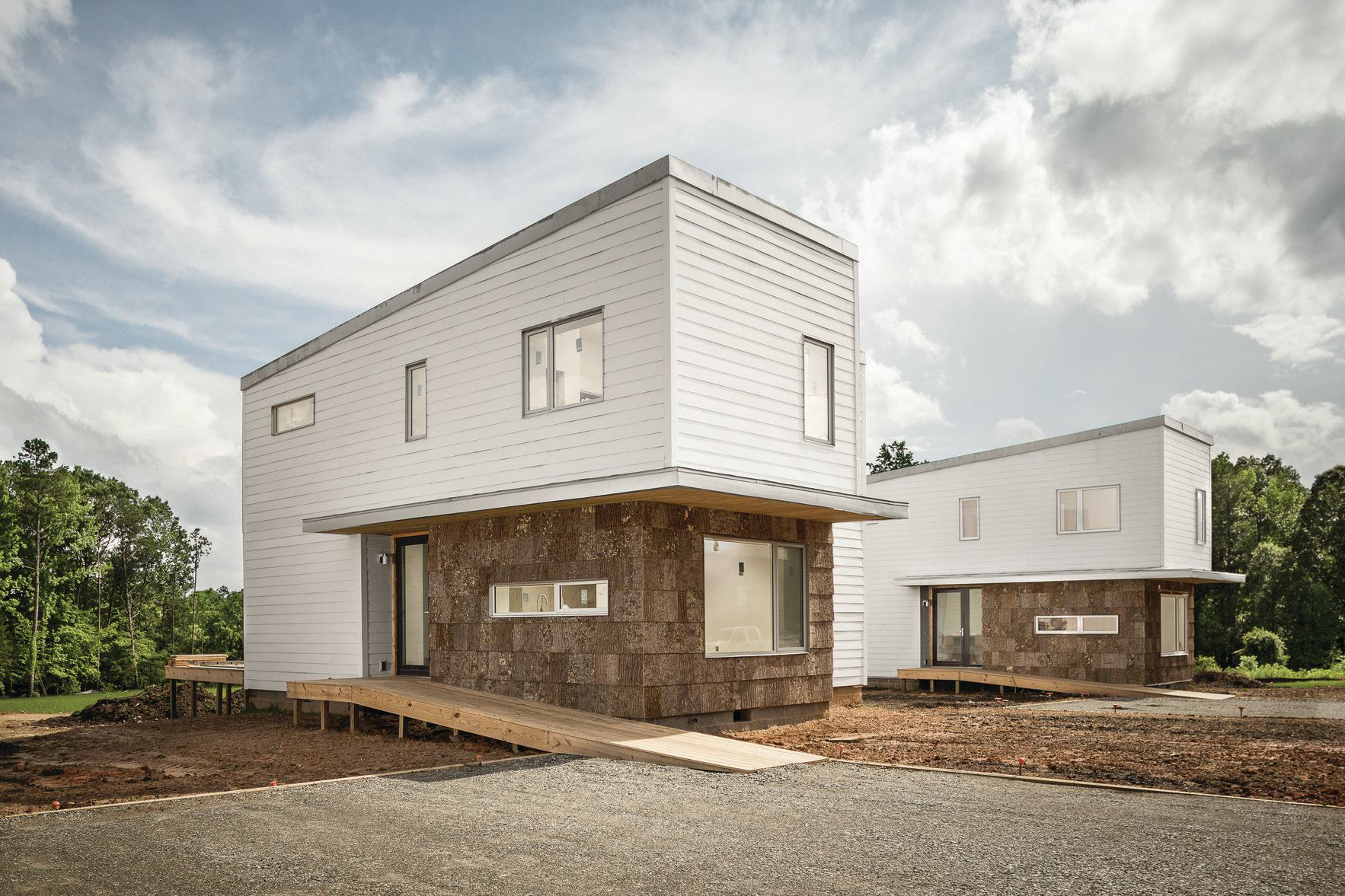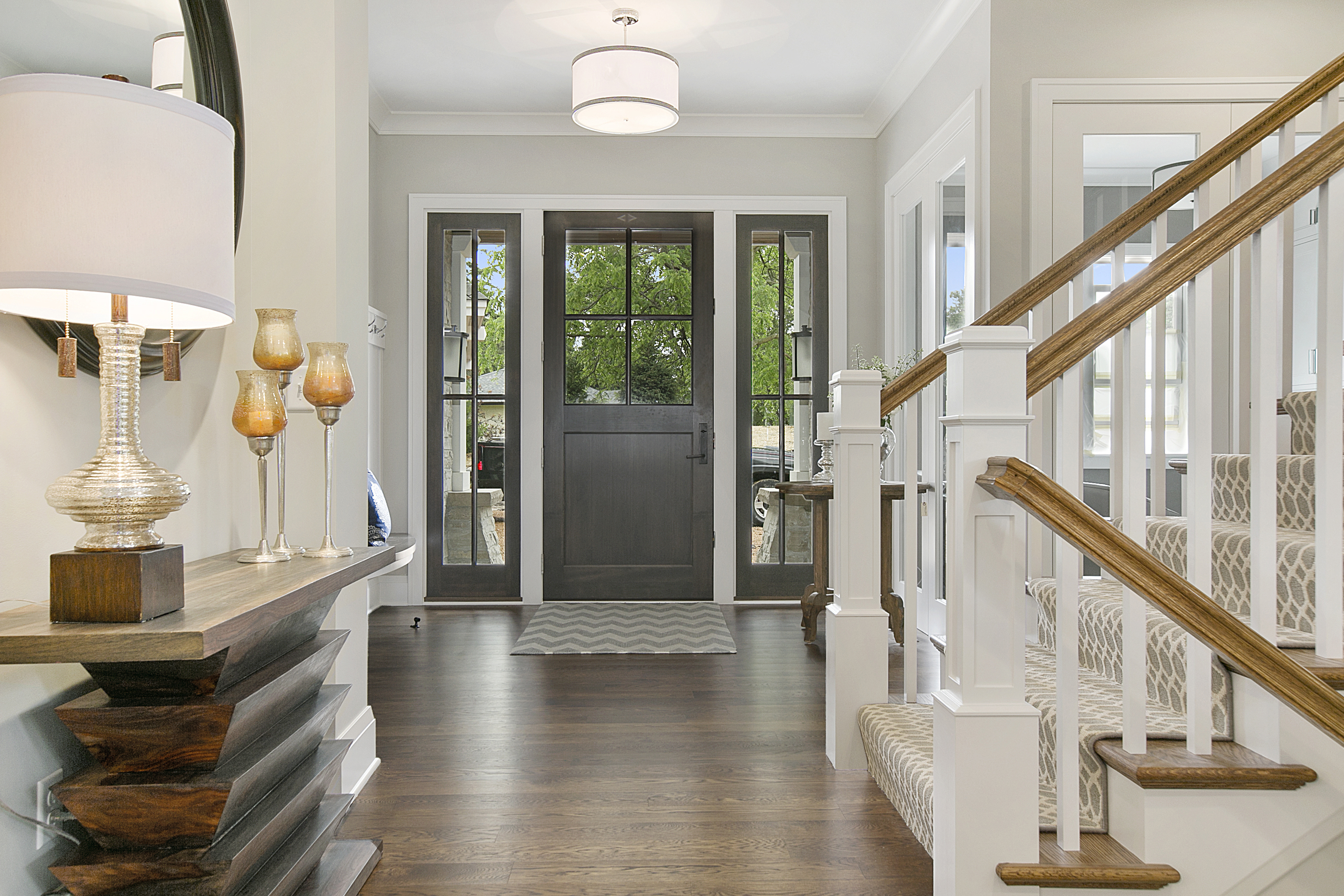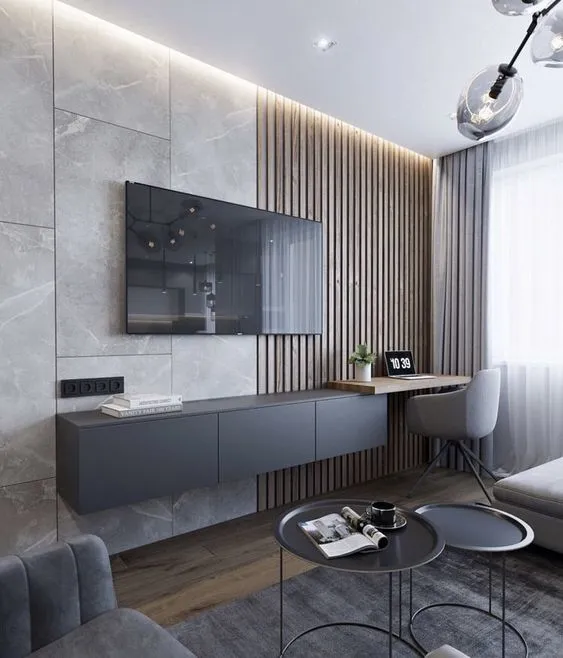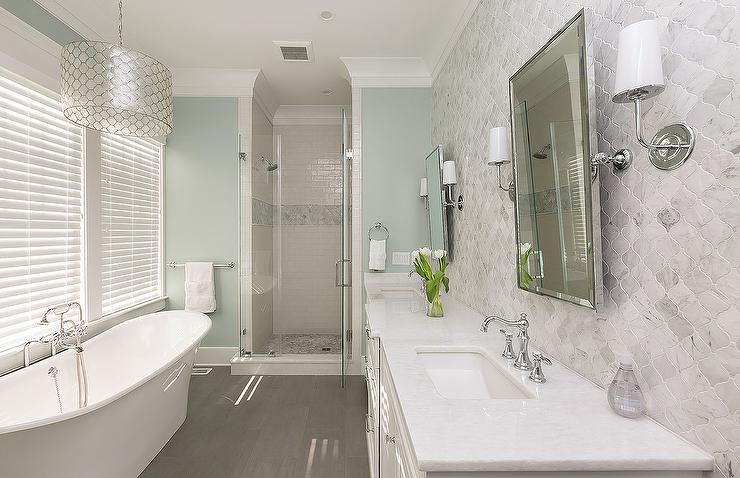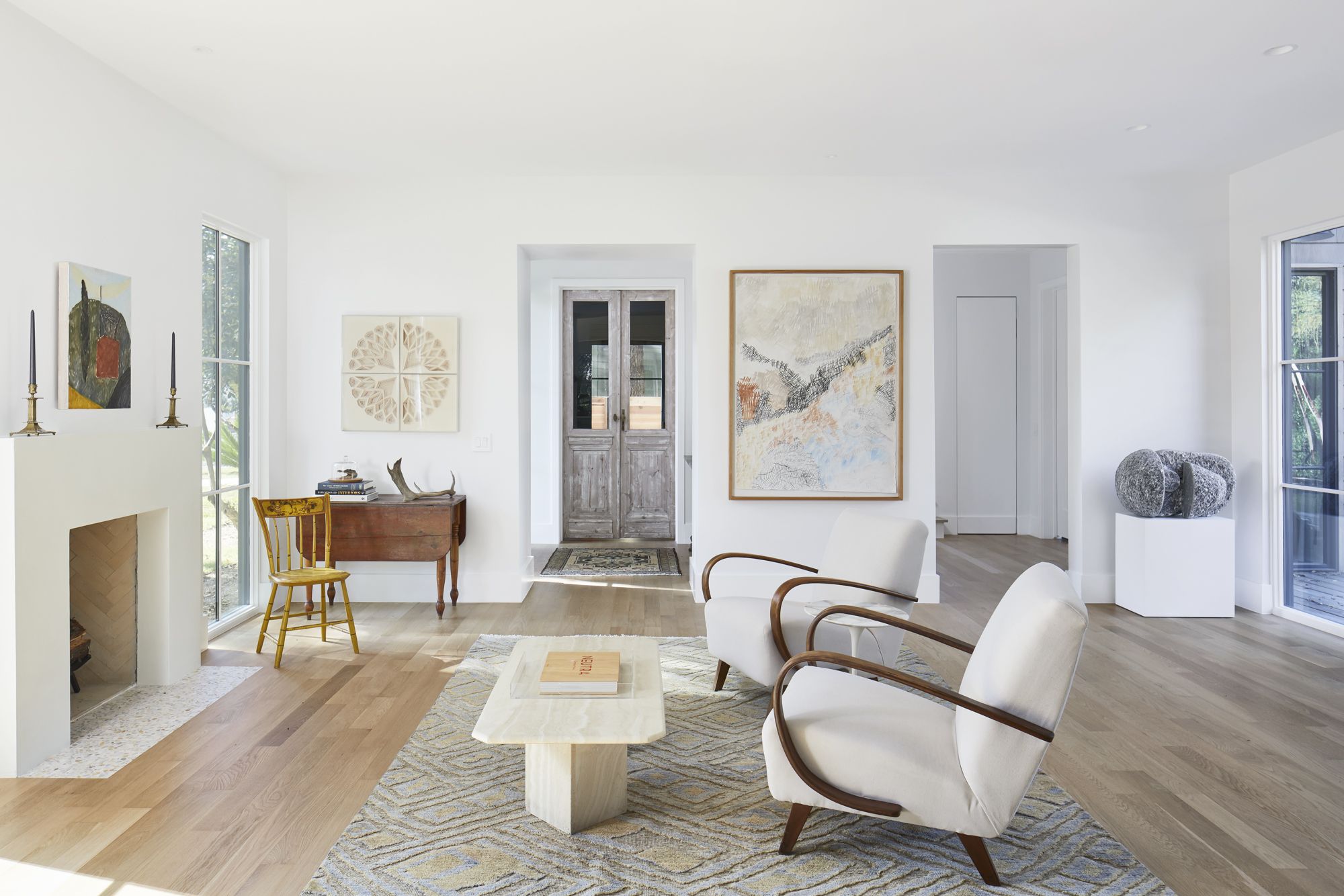Incorporating Natural Elements in Home Design: Biophilic Design
Biophilic design is an innovative approach to home design that seeks to incorporate natural elements and patterns into living spaces. It recognizes the innate human connection to nature and aims to create environments that promote well-being, productivity, and overall happiness. This article explores the concept of biophilic design, its benefits, and how it can be effectively implemented in home interiors.
The Importance of Biophilic Design
Humans have an inherent affinity for nature, known as biophilia. This connection has been deeply ingrained in our evolutionary history, as we have spent the majority of our existence in natural environments. However, with the rise of urbanization and modern living, we have become increasingly disconnected from nature.
Research has shown that exposure to nature has numerous positive effects on our physical and mental well-being. Incorporating natural elements in home design can help bridge this gap and provide a sense of calm, relaxation, and rejuvenation. Biophilic design has been proven to reduce stress levels, improve cognitive function, enhance creativity, and promote overall happiness.
Benefits of Biophilic Design
- Stress reduction: Natural elements such as plants, water features, and natural light have a calming effect on our nervous system, reducing stress levels and promoting relaxation.
- Improved air quality: Incorporating plants into indoor spaces can help purify the air by removing toxins and releasing oxygen.
- Enhanced cognitive function: Studies have shown that exposure to nature improves concentration, memory, and problem-solving skills.
- Increased productivity: Biophilic design has been linked to higher productivity levels and job satisfaction in work environments.
- Boosted creativity: Natural elements stimulate our imagination and inspire creative thinking.
- Improved well-being: Being surrounded by nature has been shown to improve mood, reduce fatigue, and increase overall well-being.
Implementing Biophilic Design in Home Interiors
There are various ways to incorporate biophilic design principles into home interiors. Here are some effective strategies:
1. Bring in Natural Light
Natural light is a key element of biophilic design. It not only enhances the visual appeal of a space but also provides numerous health benefits. Maximize the use of windows, skylights, and glass doors to allow ample natural light to enter your home. This can significantly improve mood, regulate sleep patterns, and reduce the need for artificial lighting during the day.
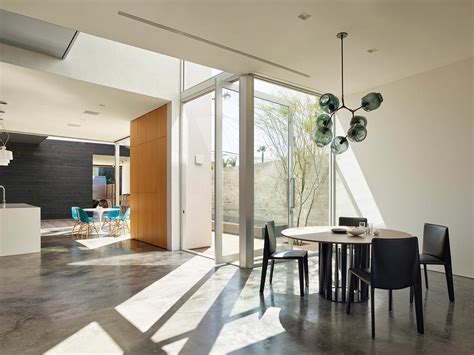
2. Incorporate Indoor Plants
Indoor plants are an excellent way to introduce nature into your home. They not only add visual appeal but also improve air quality by filtering out toxins and releasing oxygen. Choose a variety of plants with different shapes, sizes, and textures to create a diverse and vibrant indoor garden. Additionally, consider vertical gardens or living walls to maximize the use of space.
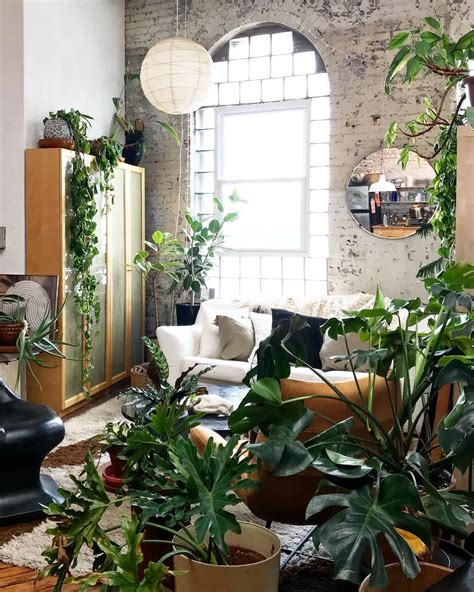
3. Use Natural Materials
Incorporating natural materials such as wood, stone, and bamboo can create a sense of warmth and authenticity in your home. Opt for sustainable and eco-friendly materials to minimize the environmental impact. Natural materials not only add visual interest but also provide a tactile experience, connecting us to the natural world.

4. Integrate Water Features
Water features, such as indoor fountains or aquariums, can bring a sense of tranquility and serenity to your home. The sound of flowing water has a calming effect and can mask unwanted noise. Additionally, water features can enhance the visual appeal of a space and create a soothing ambiance.
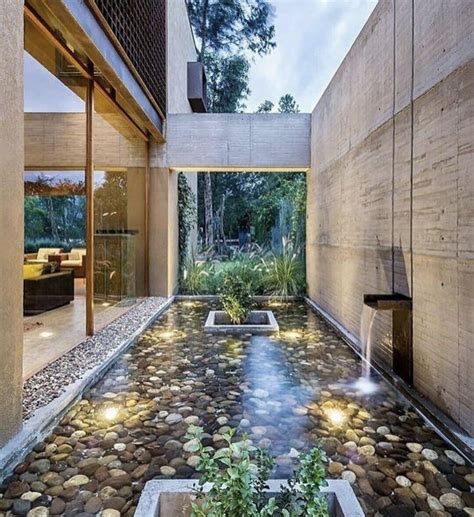
5. Create Nature-Inspired Color Palettes
Colors play a crucial role in biophilic design. Choose a color palette inspired by nature, such as earth tones, greens, blues, and neutrals. These colors evoke a sense of calmness and harmony, creating a peaceful and inviting atmosphere in your home.
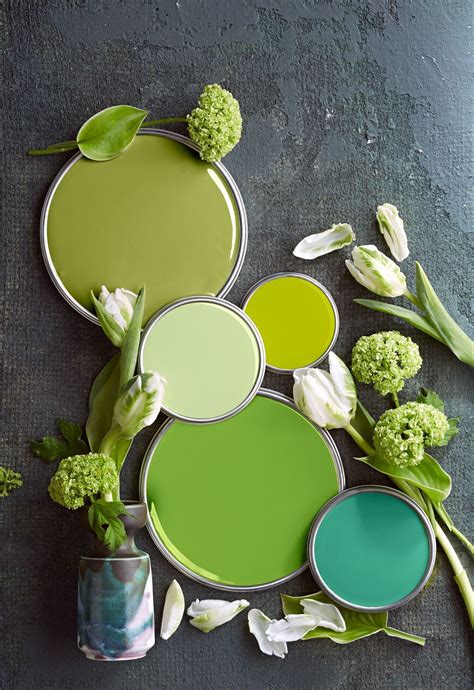
Case Studies: Successful Biophilic Design Examples
Several real-life examples demonstrate the successful implementation of biophilic design principles in home interiors. Let’s explore a few:
1. The Bosco Verticale, Milan
The Bosco Verticale, or Vertical Forest, is a pair of residential towers in Milan, Italy. The buildings are covered in over 900 trees and 20,000 plants, creating a vertical forest in the heart of the city. This innovative design not only enhances the visual appeal of the buildings but also improves air quality and provides a habitat for birds and insects.
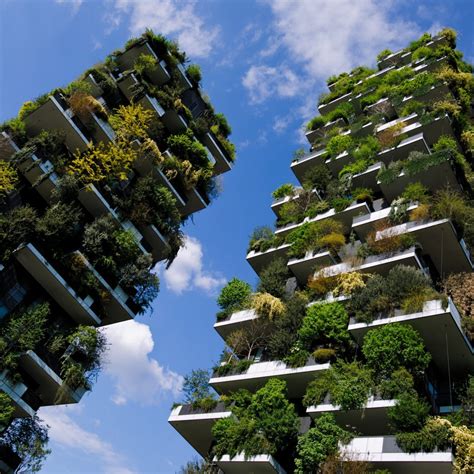
2. Fallingwater, Pennsylvania
Fallingwater, designed by renowned architect Frank Lloyd Wright, is a prime example of biophilic design. The house is seamlessly integrated into its natural surroundings, with cantilevered balconies overlooking a waterfall. The use of natural materials, such as stone and wood, further enhances the connection to nature.
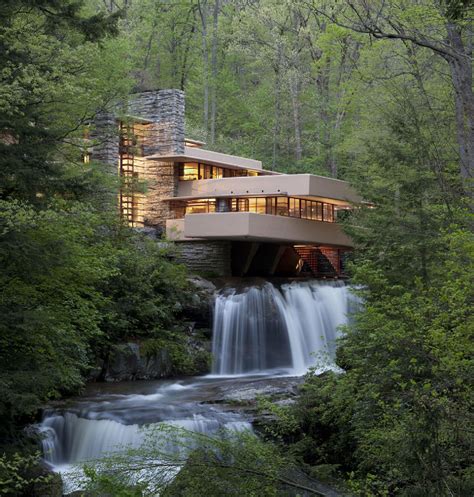
3. The Edge, Amsterdam
The Edge, located in Amsterdam, is considered one of the greenest buildings in the world. It incorporates numerous biophilic design elements, including a living wall, rooftop gardens, and an abundance of natural light. The building’s design focuses on employee well-being, with features such as adjustable desks, indoor air quality monitoring, and access to outdoor spaces.
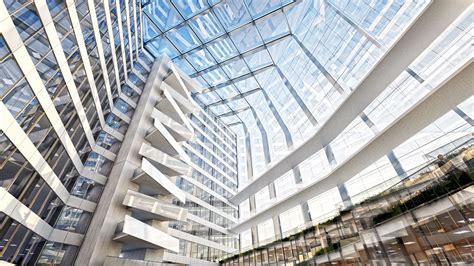
Conclusion
Biophilic design offers a holistic approach to home design, incorporating natural elements that promote well-being, productivity, and overall happiness. By bringing nature indoors, we can reconnect with our innate biophilia and create spaces that enhance our physical and mental health. Whether it’s through the use of natural light, indoor plants, or water features, biophilic design has the power to transform our living spaces into tranquil and rejuvenating environments.
Q: What is biophilic design?
Biophilic design is an approach to home design that incorporates natural elements and patterns to create environments that promote well-being and happiness.
Q: What are the benefits of biophilic design?
Biophilic design has numerous benefits, including stress reduction, improved air quality, enhanced cognitive function, increased productivity, boosted creativity, and improved overall well-being.
Q: How can I incorporate biophilic design in my home?
You can incorporate biophilic design in your home by bringing in natural light, incorporating indoor plants, using natural materials, integrating water features, and creating nature-inspired color palettes.
Q: Are there any successful examples of biophilic design?
Yes, there are several successful examples of biophilic design, such as the Bosco Verticale in Milan, Fallingwater in Pennsylvania, and The Edge in Amsterdam.
